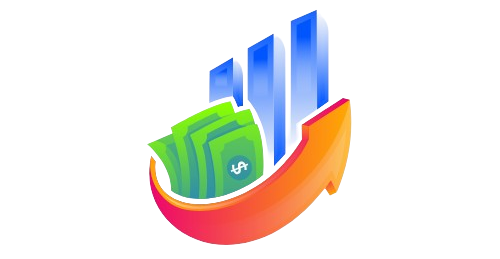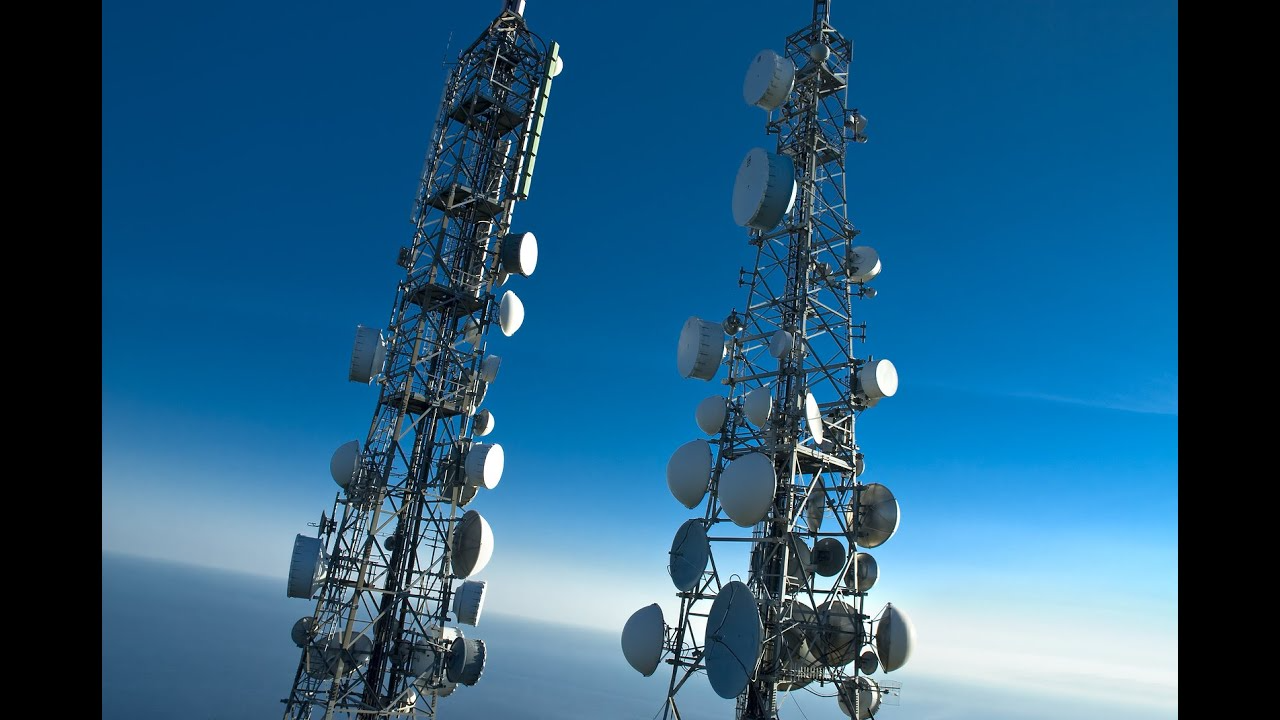Introduction
Technology has become a cornerstone of modern society. From the moment we wake up to the time we go to sleep, our lives are intertwined with digital tools, smart devices, and automated systems. The evolution of technology is not only remarkable but also rapid. It has transformed every aspect of human life, ranging from communication and education to health and transportation. This article explores the different ways technology continues to influence our daily routines and how it has reshaped the world we live in.
Early Developments in Technology
The journey of technology began with simple tools used by early humans—stone tools, fire, and the wheel. These inventions were fundamental to survival. As centuries passed, humans invented more complex systems such as the plow, printing press, and steam engine. Each advancement served as a building block for the modern technology we use today.
The Industrial Revolution
One of the most significant periods in technological history was the Industrial Revolution. Machines replaced manual labor, factories emerged, and mass production became possible. It revolutionized not just manufacturing but also transportation, trade, and infrastructure.
The Digital Age
Fast forward to the 20th century, the advent of computers changed everything. Computers became faster, smaller, and more powerful. The internet introduced a new era—an interconnected world where information could be shared in seconds. This digital transformation led to automation, digital communication, and instant data processing.
Everyday Impact of Technology
Technology affects everyday life in countless ways. We rely on smartphones for communication, GPS for navigation, apps for food delivery, and cloud systems for work. Whether it’s making a video call across the globe or managing finances from a mobile app, convenience is at our fingertips.
Let’s break it down into categories:
1. Communication
Communication has changed drastically. Social media, emails, instant messaging, and video calls are now standard. Compared to the telegrams and letters of the past, communication is now instant and borderless. Platforms like WhatsApp, Zoom, and Slack make it easy to stay connected for both personal and professional purposes.
2. Education
Education has seen a digital boom. Online learning platforms, virtual classrooms, and AI-driven tutors make education accessible from anywhere. Students no longer need to be in a physical classroom. They can access lectures, submit assignments, and interact with peers online. Tools like Google Classroom, Khan Academy, and Coursera are changing the way people learn.
3. Healthcare
Healthcare technology has made diagnostics faster and treatments more effective. Wearables track health metrics in real time. Telemedicine allows doctors to consult with patients remotely. AI is used to detect diseases early, and robotic surgery increases precision. Technology saves lives and improves quality of care.






Leave a Reply